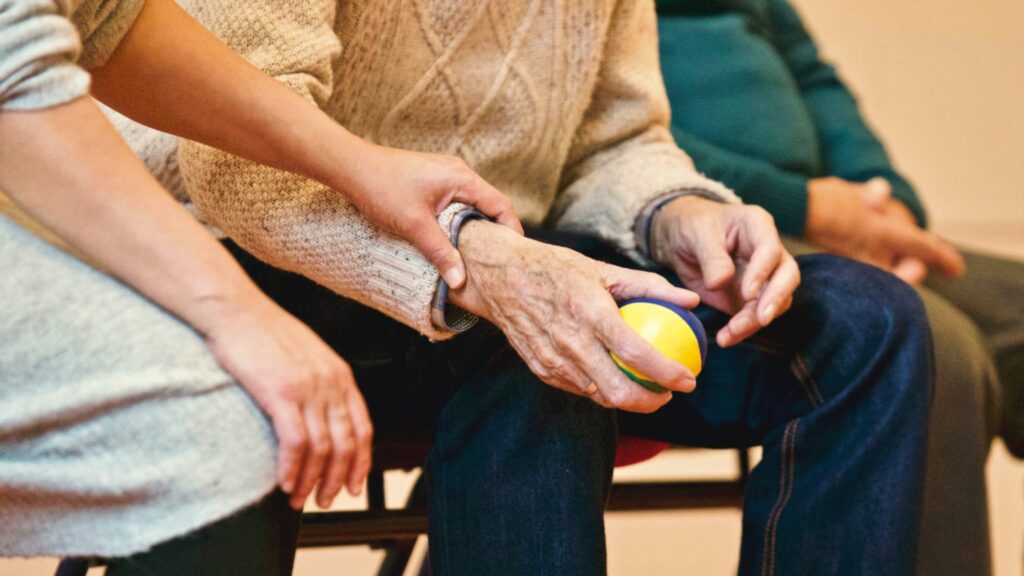Behind the scenes: a day in the life of a Diversional Therapist

During my long career as a Diversional Therapist, I’ve worked in a variety of settings and have seen many changes in practice. The biggest change has been the increased needs of residents, who are being enabled to stay in their own homes for longer and so only come into a care home when that is no longer viable. There has also been a huge increase in paperwork over the years.
Many factors impact the role of a Diversional Therapist and they include the type of venue, budget, management and staffing levels. To give you a glimpse into the daily life of a Diversional Therapist, I’d like to take a step back in time and share some fond memories of when I worked in a large urban rest home.
No two days were the same
It was always busy, interesting and fulfilling. No two days were ever the same. Often there would be clients sitting at the door waiting for me when I arrived, either needing something done for them or waiting to attend an activity even though it wouldn’t start for an hour or so. Sometimes they wanted to help set up or just needed some company. It was lovely to greet my welcoming committee each morning!
'It was lovely to greet my welcoming committee each morning!'
Preparing for the day
My first port of call was the notice board in the hall, which I would update with the day’s planned activities, date and weather. The notice board was the go-to place for most people on the way to the dining room for breakfast, so this had to be updated early.
When I finally got to my office, I would check phone messages, read any notes pinned on my door and respond as needed. I usually had an hour before the first therapeutic activity started, so I would set up ready for that, and if there were outings that day, I would visit everyone who had booked to make sure they could still go out.

The highlights
As it was a large venue with a generous budget, I was lucky enough to have an assistant and several reliable volunteers so could put together a pretty good programme. Each week we had two ‘Happy Hours’ with entertainment, snacks and drinks. We had a van and a car for daily outings and every weekday we had activity workshops morning and afternoon, with the occasional evening or weekend event.
The most popular group activity was always ‘Housie’. Some people were very possessive about ‘their’ seat and would come down early and leave a placeholder. There were a few disagreements, but it was generally a fun time with lots of laughs. I remember one lady who would call “House!” every single time she covered a number; the other residents would all giggle in unison and shake their heads. Some days I would be lucky enough to have volunteers help those who struggled to play so they could occasionally win a line or game.
Another creative activity that a lot of people enjoyed was themed storytelling. I would dress up in costume, set out some props and read or make up stories. It would become a group discussion with clients sharing their stories and titbits.
'There were a few disagreements, but it was generally a fun time with lots of laughs.'
One-on-one activities
The biggest challenge was meeting the needs of those who required one-to-one activities – those clients who didn’t wish to attend group activities or whose health prevented attendance. I would fit in visits to their rooms between activities or when my co-worker was taking a group activity. The one-on-one activity depended on the client’s needs, but it was usually a garden walk, reading or writing for them, or therapeutic relaxation sessions. Sometimes I would take one person on a drive or shopping trip. I felt like there was never enough time in the day!
And so much more…
This is only a glimpse into what was done on a normal day in a large rest home. In addition to running the activities, I would meet with new clients, plan and evaluate programs, profiles and care plans, attend multi-disciplinary team meetings, make bookings and do a multitude of other tasks. It was full-on – and the best job ever!






Responses